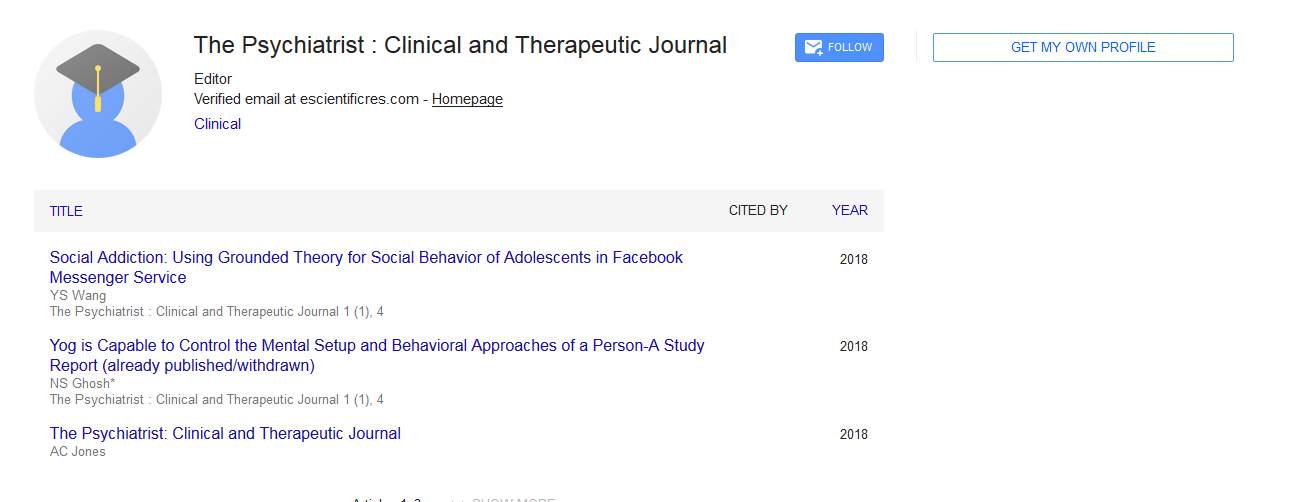Suicide, spirituality, and religion: What are we missing?.
*Corresponding Author:
Copyright: © 2020 . This is an open-access article distributed under the terms of the Creative Commons Attribution License, which permits unrestricted use, distribution, and reproduction in any medium, provided the original author and source are credited.
Abstract
This research investigates the current literature in relation to aspects of religious spirituality applicable to the field of suicidology. This is a theoretical study, that utilizes a hermeneutic approach to apply religious spirituality concepts to suicide prevention, in line with the Integrated Motivational-Volitional (IMV) model. Applying the lens of the IMV and Durkheim???s Social Integration Theory, results are extrapolated to an Australian context. Due to the extrapolation of results, findings are very relevant to American cohorts. This research???s findings provide conceptual support for the inclusion of religious spiritual interventions in the assessment and management of suicidality. The themes of religious spirituality as a protective factor, and as an aspect relevant for inclusion in clinical practice, are significant. Specifically, aspects of belief system and behavior congruency, community and belongingness, positive regard for God, and coping mechanisms, are identified as protective factors against suicidality that are significant. Likewise, the need for clinician???s respect for the client???s interpretation of their religious spirituality, and the requirement for therapists to be educated in aspects of religious spirituality in clinical interventions, are significant aspects found in this study. Recommendations for further research and clinical application are presented related to the integration of religious spirituality in the assessment, management, and treatment of suicidal clients.
Religion can influence youths’ actual need, perceived need and/or benefit, access, availability, and motivation to seek mental health services Deciding to receive services is rarely made alone, but affected by their parents, peers, teachers, the police, and/or community groups including religious ones. In specific ethnic groups, religion has been found to be a gateway to healing and religious leaders act as a bridge, provider, or “barrier” to mental health care Religion is here understood as an organized system of beliefs, rituals, practices, rooted in an established tradition oriented towards the numinous (mystical, supernatural) or God, and in Eastern religious traditions, to Ultimate Truth or Reality; whereas spirituality refers to personal experiences of, or search for ultimate reality/the transcendent that are not necessarily institutionally connected.

 Spanish
Spanish  Chinese
Chinese  Russian
Russian  German
German  French
French  Japanese
Japanese  Portuguese
Portuguese  Hindi
Hindi 